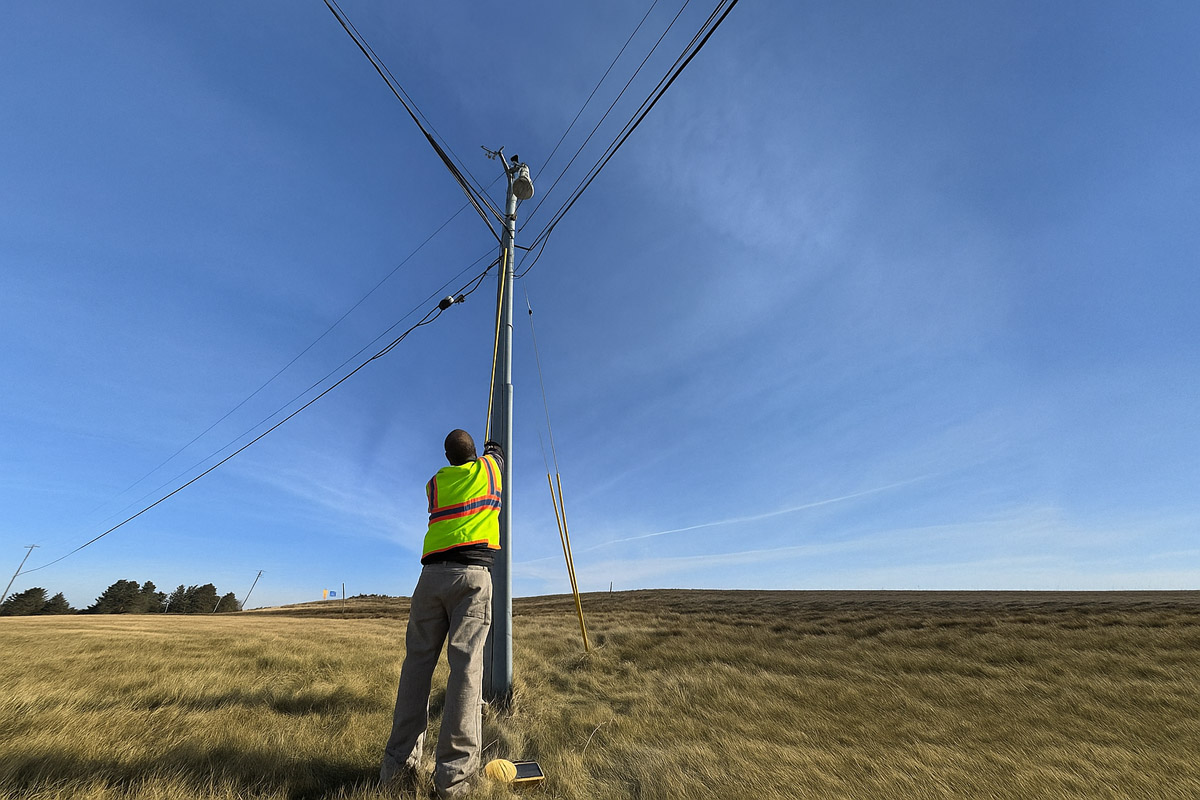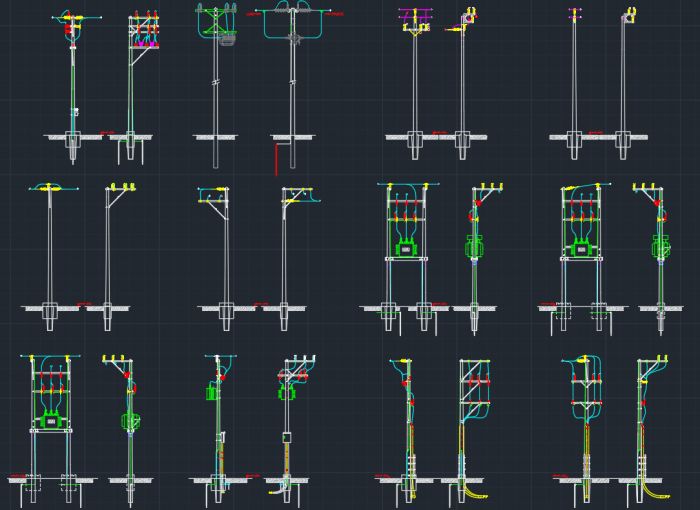What is pole loading analysis?
Utility poles are a critical component of modern infrastructure, supporting a wide range of services such as electricity, telecommunications, broadband, and fiber internet. As demands on these poles increase, with multiple services sharing space and extreme weather conditions becoming more common, ensuring pole safety and stability is more important. This is where pole loading analysis becomes essential.
Understanding pole loading analysis
- Pole height, material, and class
- Equipment weight (e.g., transformers, crossarms, communication cables)
- Wind pressure on the pole and attachments (pole wind loading)
- Ice accumulation on wires and equipment (pole ice loading)
- Soil strength and foundation conditions
The role of O-Calc Pro software
Tools like O-Calc Pro pole loading analysis software are widely used in the industry to automate the evaluation process. O-Calc allows engineers to model complex loading scenarios, simulate real-world conditions, and assess compliance with industry regulations. These software tools increase the accuracy of calculations and reduce human error, making them indispensable for utility pole engineering professionals.
Wood utility pole analysis and buckling
Most utility poles are made from treated wood, which presents challenges. Wood utility pole analysis requires detailed attention to the material’s natural variability and degradation over time. A critical part of this is utility pole buckling analysis, which examines the pole’s ability to resist compressive forces that can cause it to fail under heavy loading or due to long-term wear.
Pole joint use and shared infrastructure
In many areas, utility poles are used by multiple service providers – a practice known as pole joint use. This includes attachments from electric utilities, telephone companies, cable providers, and increasingly, fiber ISP pole attachment for high-speed internet. Joint use significantly increases the complexity of pole loading, requiring careful coordination and comprehensive analysis to prevent overloading.
Why pole loading analysis matters
- Structural failure and pole collapse
- Service outages and costly repairs
- Safety hazards to the public and workers
- Regulatory non-compliance and legal liability
Pole loading analysis software: quick comparison
| Software | Key features | Best for | Notes |
| O-Calc Pro ⭐ | 3D pole modeling, detailed load calculations, compliance checks (NESC, GO 95) | Electric utilities, telecoms, joint-use poles | Highly customizable, industry-standard in the U.S., supports joint-use and fiber attachments |
| SPIDAcalc | Integrated pole and structure analysis, GIS integration | Utilities managing large pole networks | Cloud-based options available, integrates with asset management tools |
| PoleForeman | Fast loading calculations, preloaded wood/steel pole libraries | Quick evaluations, budget-conscious projects | User-friendly interface, good for small to mid-size utility teams |
| PLS-CADD | Advanced structural analysis, transmission line modeling | Transmission lines, complex structures | More complex; ideal for experienced engineers working on large systems |
| Quick Pole | Design automation, cost analysis, permit reports | Telecom and broadband providers | Affordable and efficient for fiber ISP pole attachment planning |
- O-Calc Pro stands out for detailed modeling of joint-use poles, including wood utility pole analysis and utility pole buckling analysis.
- SPIDAcalc is ideal for managing thousands of poles with geographic data integration.
- PLS-CADD / PLS-POLE is more commonly used in transmission line engineering, but supports pole-level analysis too.
- Quick Pole is often chosen for quick turnarounds in fiber broadband deployment, especially when pole joint use is involved.
Conclusion
Pole loading analysis is a foundational practice in the utility and telecommunications industries. From accounting for pole wind loading and pole ice loading to performing wood utility pole analysis and evaluating pole joint use, this process ensures that utility poles remain safe and structurally sound. Tools like O-Calc make it possible to manage today’s increasingly complex pole systems, especially as fiber attachment becomes more widespread.
By investing in thorough and precise pole loading evaluations, utilities and service providers can enhance safety, extend asset life, and support the reliable delivery of essential services.


